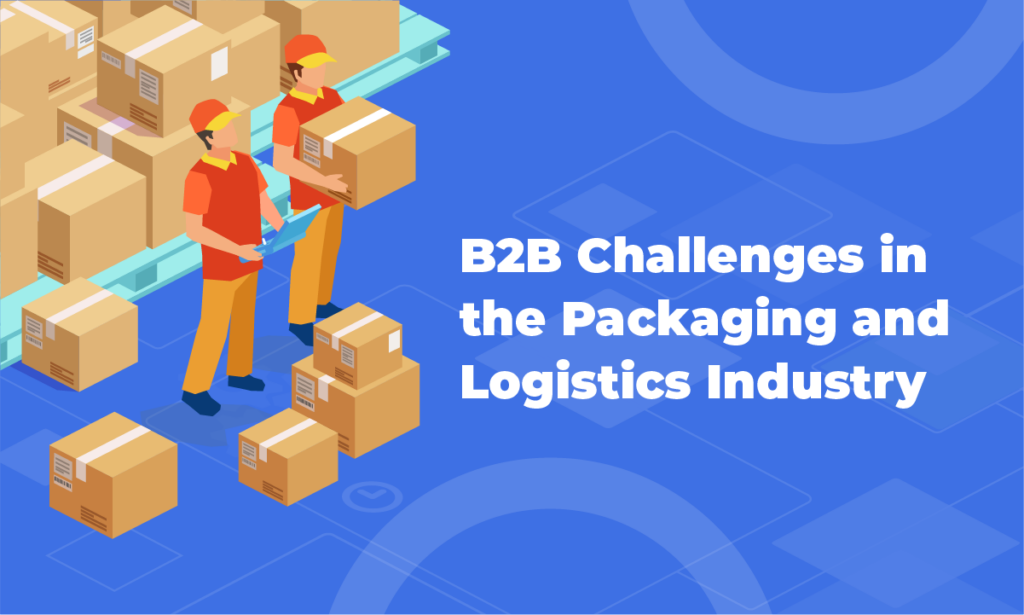Making websites accessible for people with disabilities is widely recognized as good practice. How could meeting the growing expectations for online accessibility affect the future of business to business (B2B) ecommerce?
Background
In the US, the Americans with Disabilities Act (ADA) applies to state and local governments and federal agencies, government contractors, and programs that receive federal funding.
Since 23 September 2020 the EU’s Web Accessibility Directive requires public sector websites for member countries to be user-friendly for people with disabilities. Mobile applications must also meet these standards by 23 June 2021. The European Accessibility Act applies to products and services more widely.
As these requirements are formalized for public organizations, should the same high standards become an integral part of your ecommerce site?
What does accessibility mean for your ecommerce business?
The World Wide Web Consortium (W3C) is responsible for online accessibility standards. This month W3C launched a Merchant Business Group for business to business (B2B) and business to consumer (B2C) ecommerce companies and not-for-profit organizations. The group provides a forum to discuss the implications of accessibility for ecommerce.
While national and international standards aren’t generally backed up with enforcement powers, failing to provide an accessible website can bring risks to your reputation, possible fines, and private legal actions.
For example, in 2017 a new website launched by the Norwegian airline SAS didn’t meet the regulator’s expectations for accessibility. If SAS had not addressed their concerns the fine would have been €15,000 per day.
In 2019 the US Supreme Court ruled that Domino’s Pizza should make its site accessible for disabled people. The decision followed legal action by a blind man who said he couldn’t order food on their website or mobile app with his screen-reading software.
Accessibility makes good sense for your ecommerce business
According to W3C, accessibility ‘means that websites, tools, and technologies are designed and developed so that people with disabilities can use them. More specifically, people can: perceive, understand, navigate, interact with the web and contribute to the web.’
To look at it another way, if you have business premises you have an obligation to make them accessible for everyone. Your website should meet the same standards.
One billion of the world’s population – 15% – experience some form of disability, and around one-fifth (110 to 190 million people) experience significant disabilities.
Making your ecommerce site accessible for these people makes good business sense because you will be enabling more customers to buy from your site. In most cases, good accessibility practices will also improve your site’s search engine optimization (SEO) and user experience.
Practical steps to improve your site’s accessibility
Universal design – when you are building a new site, start with accessibility in mind, using inclusive design principles or ‘universal design’. This might include consistent page design patterns and architecture with multiple methods to complete an action.
Page design – a very common problem is that web pages don’t include enough contrast between colors or display text over images, making it difficult to read. Ensuring you use a good palette of accessible online colors and keep designs and fonts as simple as possible are important steps to take. Remember around 1 in 12 men (8%) and 1 in 200 women in the world are color blind which will affect their ability to see red, green or blue.
Alt text – by adding a word or phrase, known as alt text, to your image descriptions you will make sure search engines see your images as content, which will help to improve your SEO. Many website accessibility tools for visually impaired people will read the alt text aloud to describe a picture.
Testing – according to a recent survey more than half of organizations don’t routinely test the accessibility and usability of their websites and apps with people who have disabilities. This is an obvious step to improve your site’s performance and to reduce the risk that you will fail to meet people’s needs.
A
well-designed testing plan will often include people with visual impairments, hearing
loss, cognitive and reading difficulties, as well as people with reduced dexterity
and mobility.
Measurement – there are a range of accessibility testing tools that you can use to review and monitor the accessibility of your website. These should be part of your quality control routine.
Engage with people who have disabilities
In 2019 a study showed companies with working environments that actively include disabled employees had, on average, 28% higher revenue, 30% greater profit margins and twice the net income of similar companies between 2015 and 2018.
Rand Fishkin, co-founder and former chief executive of Moz, is a champion of diversity in marketing and technology. He has highlighted examples where team members with disabilities have identified color contrast variations that color-blind people couldn’t see and in-form auto correction that helps people with dyslexia.
So,
in summary, focusing on accessibility benefits everyone and can lead the way to
innovation, improved search engine results, better user experiences, and increased
profitability.
Book a free Cloudfy demonstration to find out how you can improve the ecommerce experience for everyone.





